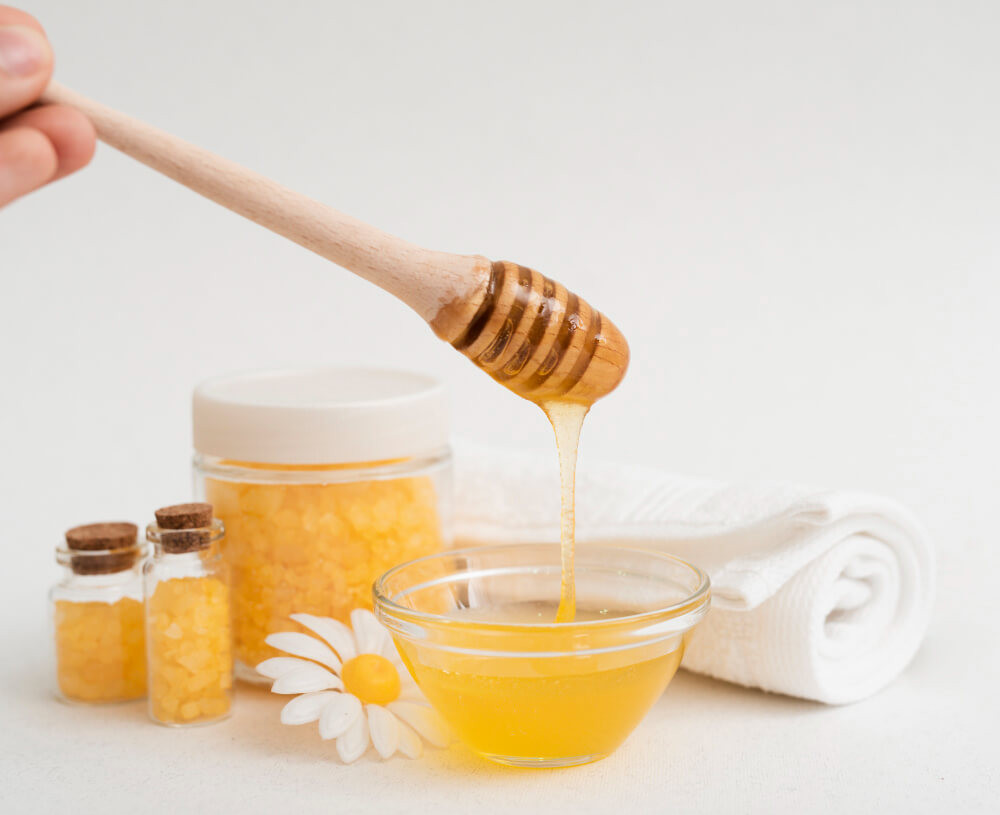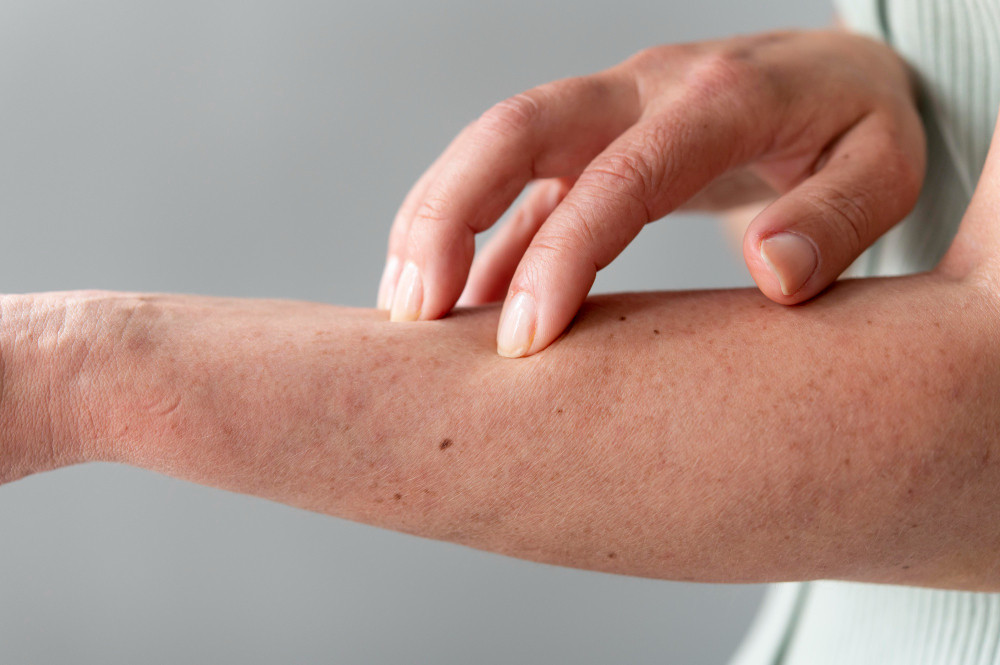Tinea versicolor is a fungal infection characterized by the appearance of white or dark patches on the skin. Tinea versicolor is typically treated with antifungal medication, but you can also try homemade remedies.
What is Tinea Versicolor?
Tinea versicolor is a fungal infection caused by an excessive growth of the Malassezia fungus on the skin's surface. This condition is characterized by lighter or darker patches than the surrounding skin, depending on your skin tone. This fungal infection can affect anyone, but it is more common in men than women. People who live in hot, humid climates or sweat excessively are more likely to develop tinea versicolor.
Tinea versicolor is distinguished by the presence of skin patches. These patches can appear on different body parts, including the arms, chest, neck, and back. Other symptoms of tinea versicolor to watch out for are:
- Itching on or around the patches
- Excessive sweating
- Dry, scaly patches of skin
- Skin patches that do not darken or tan when exposed to sunlight
Handling tinea versicolor typically involves the use of antifungal medications. If over-the-counter antifungal medications are ineffective in treating the infection, you may need prescription antifungal medications. Some of the active ingredients used to treat tinea versicolor include ketoconazole, ciclopirox, fluconazole, itraconazole, and selenium sulfide. Treatments can come in the form of creams, gels, shampoos, oral medications, or lotions.
Even after successful treatment, your skin's color may remain uneven for several weeks or months. Furthermore, the infection can return in hot and humid weather. You may need to take medication once or twice a month to prevent recurring fungal infections.
Home remedies for Tinea Versicolor
In addition to using antifungal medications, tinea versicolor can also be treated with home remedies. Some of the following ingredients can be used to combat the fungus:
Apple cider vinegar
According to Verywell Mind, a small study revealed that apple cider vinegar combined with 2% ketoconazole shampoo can be more effective in treating tinea versicolor than shampoo alone. The study showed that using the combined treatment alleviated symptoms more quickly.
Honey
Honey is known for its numerous benefits, including its ability to combat fungal infections. Acacia honey is recommended for treating tinea versicolor. You can apply acacia honey directly to the affected areas or mix it with olive oil and beeswax.
Aloe vera
Aloe vera has anti-inflammatory and antifungal properties that can inhibit the fungus growth causing tinea versicolor. A study showed that aloe vera is effective against strains resistant to antifungal medications. To treat tinea versicolor, you can apply a mixture of aloe vera and olive oil to the affected patches. Repeat until the skin improves.
Looking for more information about other diseases? Click here!
- Sean Edbert Lim, MBBS
Brannon, H. L., MD. (2023, July 2). Tinea Versicolor Treatment: Creams, soaps, and more. Verywell Health. https://www.verywellhealth.com/treatment-of-tinea-versicolor-1069275
Burke, D. (2019, March 8). Tinea versicolor. Healthline. https://www.healthline.com/health/tinea-versicolor
Professional, C. C. M. (n.d.). Tinea versicolor. Cleveland Clinic. https://my.clevelandclinic.org/health/diseases/17719-tinea-versicolor
Tinea versicolor: symptoms and causes, Mayo Clinic. (2022, May 4). Mayo Clinic. https://www.mayoclinic.org/diseases-conditions/tinea-versicolor/symptoms-causes/syc-20378385











